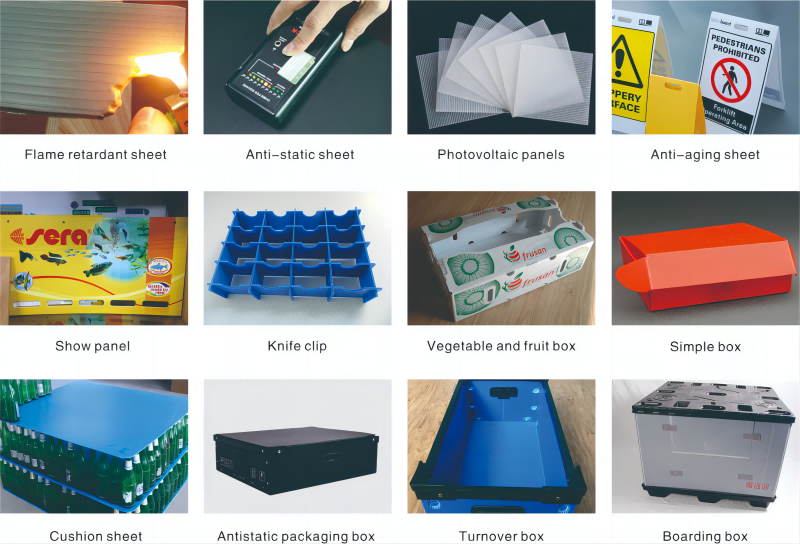Introduction
Polypropylene (PP) that is flame retardant is becoming more and more common in a number of sectors, including packaging. Due to its exceptional mix of qualities, including outstanding chemical resistance, high melting point, low density, and simplicity of manufacturing, PP is a thermoplastic polymer that is employed in a wide range of applications. However, when it is utilized in applications that need for fire protection, the flammability of PP raises questions. In this case, flame retardant chemicals can help. An overview of the use of flame-retardant PP material in the packaging industry is provided in this article.
Properties of PP that Retards Flame
A kind of PP called flame retardant PP has additives to increase its fire resistance and reduce the pace at which flames spread. Flame-dampening gases are released, chemical processes are slowed down, or fuel sources are removed when using flame retardant chemicals. The kind and quantity of additives used in the PP material determine how flame retardant the material is. The most popular PP flame retardant additives are phosphate esters, metal hydroxides, and halogenated chemicals. Standard PP and flame retardant PP both have the same physical and mechanical qualities, such as good stiffness, toughness, and moldability.

Applications of Flame Retardant PP in the Packaging Industry
To lessen the material’s flammability and increase the safety of handling and transporting the items, flame retardant PP is used in product packaging. PP with flame retardant properties is frequently used in packaging, including:
1. Packaging for food
Due to its transparency, impact resilience, and simplicity of molding, PP is frequently used in food packaging. Food containers made of polypropylene (PP), such as cups, trays, and bowls, can be made with flame-retardant chemicals to lessen the possibility of fire mishaps brought on by unintentional spills or heat sources.
2. Electronics packaging
PP is also used in electronic products packaging, such as DVD cases, cellphone covers, and computer enclosures. Flame retardant PP can be applied to improve the fire resistance of the packaging, prevent electronic devices from igniting, and reduce the spread of fire.
3. Medical packaging
PP is an ideal material for medical packaging, such as syringes, test tubes, and IV bags, because it is sterilizable and chemically inert. Flame retardant PP can be used to improve the fire safety of medical facilities and protect against potential fire hazards.
4. Commercial packaging
PP is frequently used in industrial packaging for things like chemical, lubricant, and automotive part containers. In the industrial setting, flame-resistant PP can be utilized to stop flames and explosions from spreading.
How to Use Flame Resistant PP in the Packaging Industry
Flame retardant PP may be utilized in packaging items in a variety of ways. Among the popular techniques are some of the following:
1. Blending
PP pellets and flame-retardant additives can be combined while the polymerization or compounding process is taking place. As a result of the additive’s equal distribution throughout the PP material, the flame retardant performance is uniform and reliable.
2.Coating
To offer an additional layer of fire safety, flame retardant coatings can be placed to the packaging product’s surface. The coating may be made of a flame-retardant chemical-containing water-based or solvent-based solution.
3.Lamination
A multilayer packaging product can be made using flame retardant PP bonded to other materials like paper, cardboard, or aluminum foil. The PP layer’s flame retardancy might add an extra layer of security to the packaging’s overall structure.











